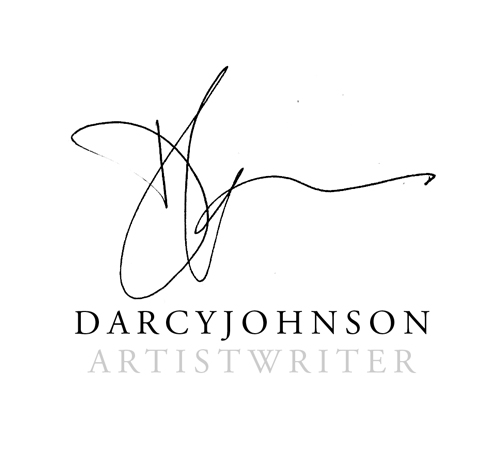SciArt Residency Blog #10, Nov 11, 2018
When I look at this image it inspires so many metaphors for me. These ideas tumble over each other and intertwine in a beautiful, tangled pattern of nature ... both nature out there and the nature inside me.
“Mapping Manhattan” collaboration by Yana Zorina and Darcy Elise Johnson, microscopy, digital media
All organic systems require connectivity. From atoms to cells to ecological webs which all connect life together into a vibrant, scintillating web of communication and interdependence. We
cannot separate out one component from this complex set of relationships because one thing removed, changes both the system and changes the component.
Yana’s and my artwork flows from this image and carries our unique responses. In the end, our separate pieces will reveal something of the minds that have created them and our individual interpretation of what is meaningful in the image. I am increasingly convinced that this process is rich with ideas and insight.
My progress so far...
week one
week two
week three
week four
week five
Progress is slow for both Yana and me because we have both chosen deliberate and meticulous methods. This is good in the end because we can watch our work unfold with time to think about what is developing. For me, this is the point of doing the work. Ideas swirl around in my head and finally, the insights start to gell. This takes time.
I had the pleasure of spending the past weekend with my wonderful children who are steeped in science and also deeply appreciate the arts. We had lively discussions of many of the questions I am asking in this project about the close and necessary relationship between science and the
arts. My stepson, Andrew Cameron (a microbiology professor), he came up with the idea of scientific models as being one of the closest connections between science and the arts. I have previously talked about the arts as being a Gestalt that originates in the right hemisphere of the brain and also the importance of this integrating part of our brain in processing, enriching and storing knowledge. Andrew’s idea is an elegant demonstration of this.
A scientific model often takes highly complex and abstract ideas and builds a framework that makes those ideas more accessible because it favours simplicity. An example of this is the cell. The model may simplify the structure and function of the cell makes it more approachable to everyone. A grade 9 science student who has very little previous knowledge of a eukaryotic cell would process the model very differently from a geneticist, a physiologist or a virologist, who would, in turn, bring different emphasis to their viewing.
In a scientific model, all the pieces must fit, relate and interact and are less meaningful if reduced to their parts. A scientific model is a testable framework that contains the overall understanding in a particular scientific theory but also acts as a beacon for moving the research forward. A scientist can then go about designing new research, fitting in new information and even predicting what will eventually be discovered to flesh out the model (eg: the Higgs boson in particle physics).
Assuming that an artwork is a representation of the artist's abstract and complex experience, it may be a framework similar to scientific models. A work of art contains interrelated and interdependent content for the viewer to grapple with. But art, like scientific models, also exposes holes, such as ambivalence, that allows the viewer to flesh out the artwork and extract personal and universal meaning. This relates to my previous discussion of the beholder’s share developed by Rigel, Gombrich, and Kriss. Great art must leave room in its overall “structure” for the viewer to gain unique insights and in some way light the path forward to new art and ideas.
I will carry on with these ideas next week and discuss the organic and dynamic nature of scientific models and art.






